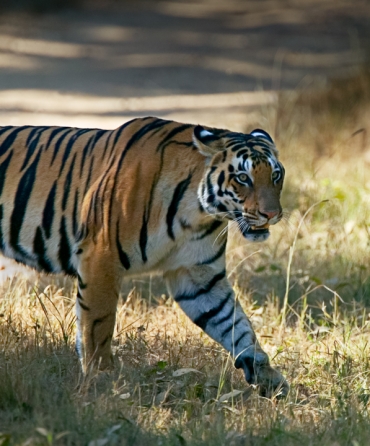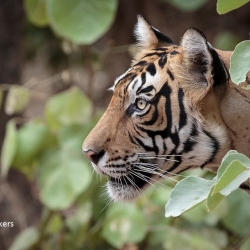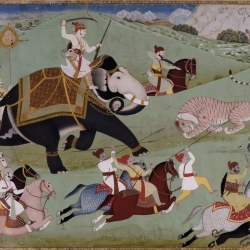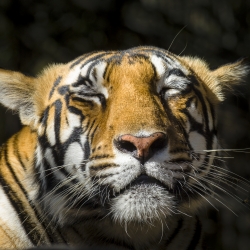Left Images © Roger Hooper
For the first time in recent history, the estimated number of tigers in the wild has increased, giving hope to conservationists across the globe. The global wild tiger population has been steadily declining from 150,000 in 1900 due to poaching, habitat loss and development across tiger-range countries. In 2010, the global wild tiger estimate was reported at an all-time low of 3,200. There are now an estimated 5,000 wild tigers across 12 countries from Russia to Indonesia.
This positive news comes as the 3rd Asian Ministerial Conference on Tiger Conservation convenes in New Delhi today. The increase may be largely attributed to committed efforts since the Global Tiger Summit in 2010 by governments in India, Russia, Nepal, and Bhutan.
Overall, however, the status of wild Tigers is still CRITCAL. Whilst wild tiger populations in India are on the rise, numbers are dwindling to below 10 in China, Vietnam, and Lao PDR, and the situation in Malaysian and Indonesia is acute. Just last week Cambodia declared that its tiger population is now functionally extinct.
The new estimate must be accepted with caution as many of the numbers are statistical means or estimates based on the best available knowledge. Actual populations, both today and in 2010, may be higher or lower and some of the increase may be attributed to improved survey methods.
Nevertheless, the upward trend is an inspiring step toward the 2022 goal of increasing global wild tiger numbers to more than 6,000. Currently the biggest threat to wild tigers is poaching to fuel demand for tiger products, parts, and derivatives. If the governments of tiger range countries will adopt a commitment to zero poaching in New Delhi this week, as called for by Save Wild Tigers along with 22 other NGOs, wild tiger populations will have a real chance of fighting back.

 ,
,  ,
, 









